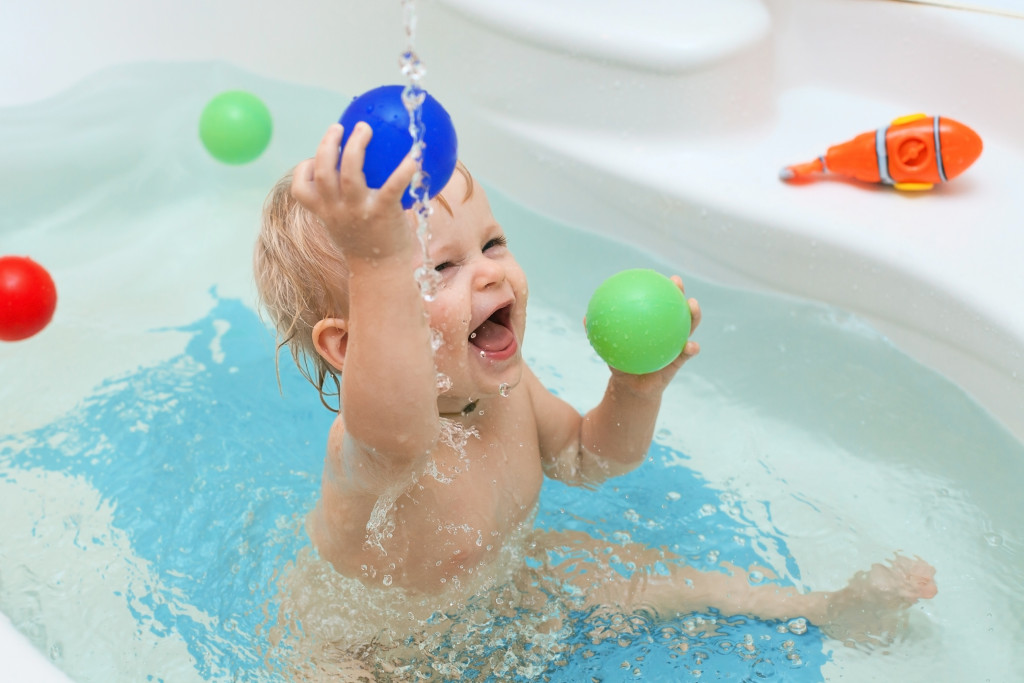When we were children, getting a few scabs and bruises here and there while playing is a natural part of growing up. However, there will be times that injuries can be quite severe, and that could physically and emotionally scar children up until their adulthood.
Naturally, children are impulsive, and they can easily get injuries if they’re not careful. Even if you tell them that they are not allowed to go to a particular place, their natural curiosity will get them to go to places or do things that they shouldn’t do.
Childhood traumas like almost drowning can lead to aquaphobia, which can lead to an impediment in developing skills in swimming and other abilities. In more extreme circumstances, injuries and accidents can result in death. As such, it’s essential to take the necessary steps and precautions to ensure that our children are safe.
Making Your Home Safe
There are three main objectives when keeping our home safe for our child:
- Supervising and teaching children about their environment and helping them differentiate what can hurt them or not.
- It shows them that there are many ways of avoiding a variety of different hazards, ranging from burns, poisoning, suffocation, allergies, and falls.
- In case your child does get injured, knowing the basics of first aid application and CPR can significantly alleviate any severe complications until the right medical professionals arrive.
Here is a checklist of different safety standards and practices that will help keep your home safe for your child:
Falls
Falls are among the most common injuries in children and almost any age group. Since most children are still developing their motor skills, falls can happen at a very young age or when children get on a proper height.
You can do the following steps:
- Make sure that all parts of your home are lit up at night. If lighting up every part is impossible, you can install lights around hallways and close to stairs.
- Install safety railings close to
You might want to install foam tiles in your child’s quarters. Under your foam tiles, you can use vinyl flooring known for being water-proof while having a useful lifespan.
As much as possible, restrict any handles and opening to any potential elevations or heights.
Fire Hazards
House fires are usually caused by unattended cooking equipment, cigarettes that are still lit, short-circuited electrical devices, and candles tipped over.
Having a smoke alarm and fire detection system can help you determine if there is a fire in your home, this shouldn’t be a problem since this is required by law. Fire extinguishers will also come in handy.
Poisoning
Most of the time, children will try to ingest almost anything that they are curious about. Household chemicals and products can cause severe health complications, which can cause poisoning.
- Keep medication, cleaning chemicals, and almost any product away from children.
- Store These products within a cupboard that has a sufficient amount of elevation. If needed, you can place a lock on it.
- Lock doors leading to storage areas that have industrial-grade equipment and chemicals.
It’s also worth noting that certain types of food that your children will ingest can also cause allergies. It’s crucial to know how your child will react to allergic reactions.
Suffocation
Suffocation will usually happen to children who are playing with plastics, tapes, and balloons. Sometimes, ropes and cords can also cause strangulation, so it’s essential to inform your child that they should stay away from wires, cables, and plastic bags. Most of the time, parents will hang cords and copes five feet above the ground.
Water Hazards

Children cannot be left unattended in beaches, pools, rivers, and even bathtubs. There should be 100% supervision at all times. For babies under five years old, you will need to supervise them and provide physical support.
Broken Glasses
Most children will run around at home and won’t be able to determine if there is a glass barrier in front of them or if there are shards of glass in front of them. Most parents would use colored glass and put stickers on bottles to ensure that children can easily discern them.
If bottles or pieces of glass does break, you can place warning signs close to the broken glass. The best solution is to sweep away and dispose of the broken glass shards as soon as possible.
There are a lot more hazards in our home than we are aware of. But after taking the right precautions, we can ensure that our children are safe while playing with other children within your house.
There will be instances where injuries cannot be avoided when children interact with objects around the house. As such, parents are advised to keep a list of emergency numbers of departments and healthcare services that can respond quickly to severe injuries and problems that might arise from these hazards.


